Question ID: 1000-13304-0-1-4-5
Recipe Description
Through my research I learned two interesting facts that led me toward my final project design: 1. Freeze drying is the result of both negative pressure and temperature.The rate of drying depends on both. 2. Freezer burn, and that annoying build up of ice in the back of your freezer, are the result of the same process--namely water vapor leaving or forming solid ice. This freezer-burn vaporization is called sublimation and its opposite freezer ice buildup is called deposition. Now this led me to think that if I could lower the pressure in a sealed container to the vapor pressure point and keep it there, I could achieve freeze dried fruit goodness in the back of my freezer. Scientifically, the problem is vapor pressure. Vapor pressure relies on temperature and pressure. The vapor pressure of our berries will tend to equalize with the pressure and temperature inside the chamber. This means roughly that a food being passively dried will only get as dry as its environment.This makes it more difficult to dry something further. (The water keeps coming out of the fruit and raises the pressure.) This can be solved at home by putting a desiccant in the low-pressure container to absorb the vapor and to actively pull it from the food you want to dry. However, this means that the rate at which the vapor leaves the food and enters the desiccant is much slower than an active vacuum system (traditional vacuum lyophilzer). After testing how much vacuum it could pull, I chose to use a wine saver hand pump for my first experiments (see picture below). There are many other similar systems on the market--usually labeled as instant marination containers or vacuum bag systems.
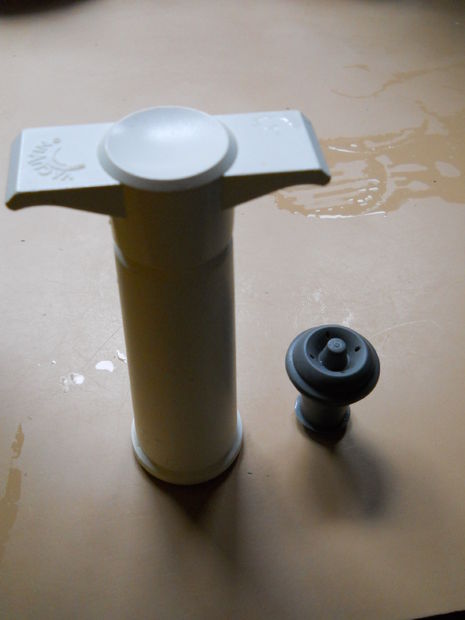
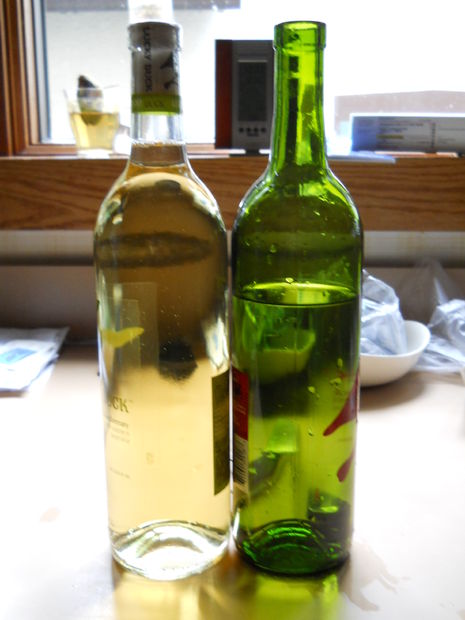
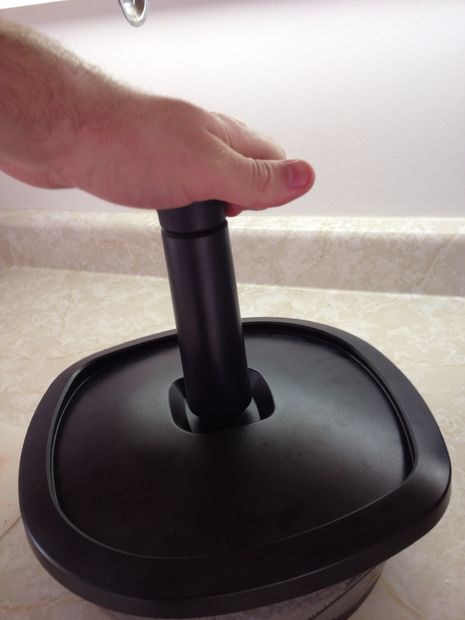



Materials: (1) Vacuum chamber: VacuVin instant marinator was used. It's expensive. One can easily make their own using a ball valve and sealable container. (1) Vacuum source: hand pumps are easily available but lower pressures can be reached using other methods. (1) Calcium Chloride powder: use roughly double the weight of sample you wish to dry, but more can't hurt. (1) Separation dish: this keeps the desiccant and your sample from mixing and messing up your final product. (1) Sample you wish to freeze dry. *When combining make sure that no desiccant gets into your food, calcium chloride is a food safe additive, but it tastes gross. Silica gel can also be used but I haven't tried it, its more expensive and it isn't as powerful of a desiccant. Method: 1. Prepare your sample by slicing in to thin strips or small pieces. This will make the process go faster. 2. Flash freeze the slices if possible to prevent ice nucleation and to preserve cell walls. 3. Prepare container by pouring double weight of desiccant in the bottom. 4. Place separation dish and position sample so that it is removed from the desiccant. Leave room for the desiccant to expand as it will when absorbing water. 5. Seal lid and remove air from container. The more air you remove the faster the process will go. 6. Place in a deep freezer or the coldest part of the your freezer. Lower temperature will prevent nucleation, also high sucrose solutions (ice cream) will tend to deform at temperatures over -30 C for very complicated reasons having to do with residual water acting as a plasticizer. 7. Leave in the freezer for a day and re-vacuum, then leave for around a week, or until your sample is dry. This will vary depending on the sample, the temperature, the pressure, and the desiccant.
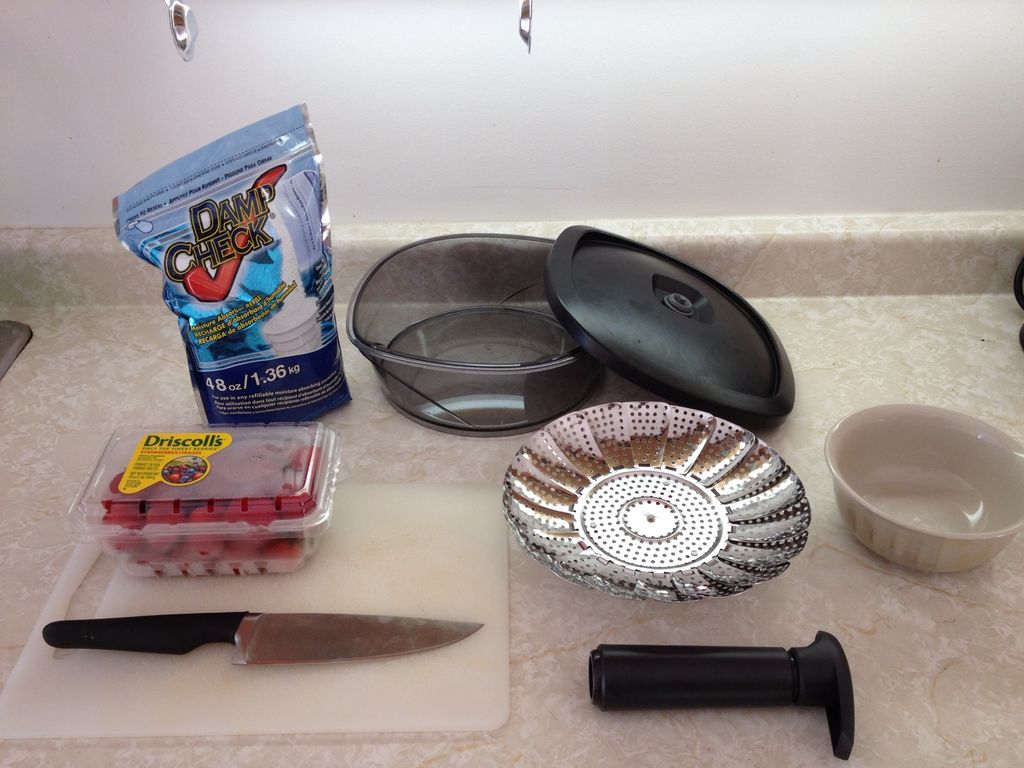
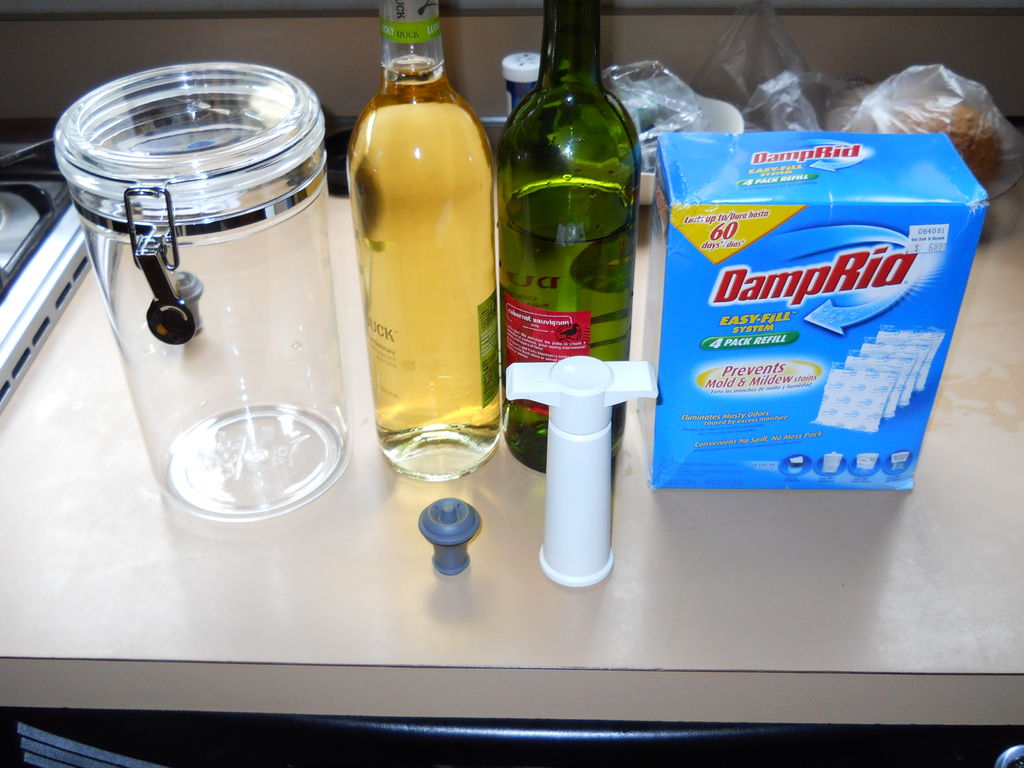


This is an intermediary step where a different container was prepped to accept a wine saver vacuum valve. A standard ball valve could have been used but this method was easier with the wine pump and wine saver valve.
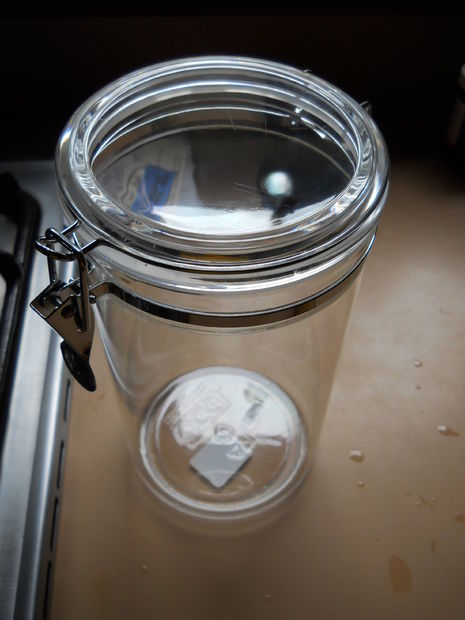
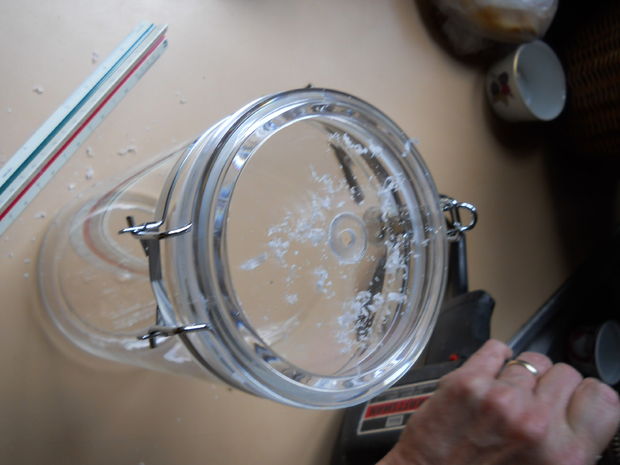
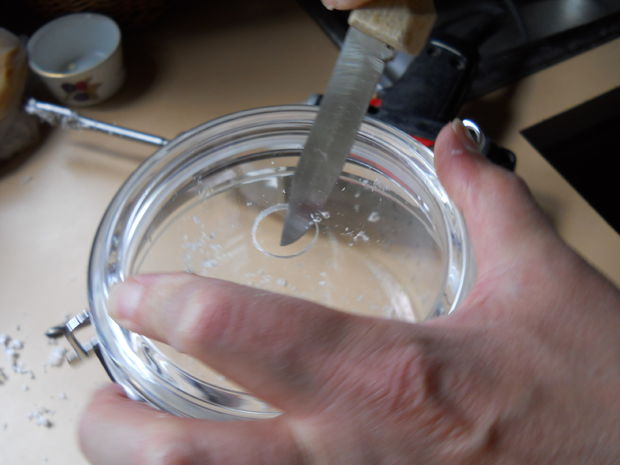



Considerations should be made when determining what you want to freeze dry. The speed and quality of drying can be hastened by making sure you follow a few guidelines: 1. Fewer samples or thinner slices work best. Cutting your samples into thin slices increases the rate at which the vapor can sublimate. Having a few samples reduces the amount of pressure lost due to water vapor sublimating. 2. Freeze fast or use a lower temperature deep freezer. The faster you can get your samples to freeze, the smaller the ice crystals will be. A good example of this is old ice cream. If given a warm freezer to recrystallize, it tends to get icy and gritty. Freezing fast will help in both sublimation and texture retention. This was my major limitation at home and why my final results looked shrived and dried around the edges.
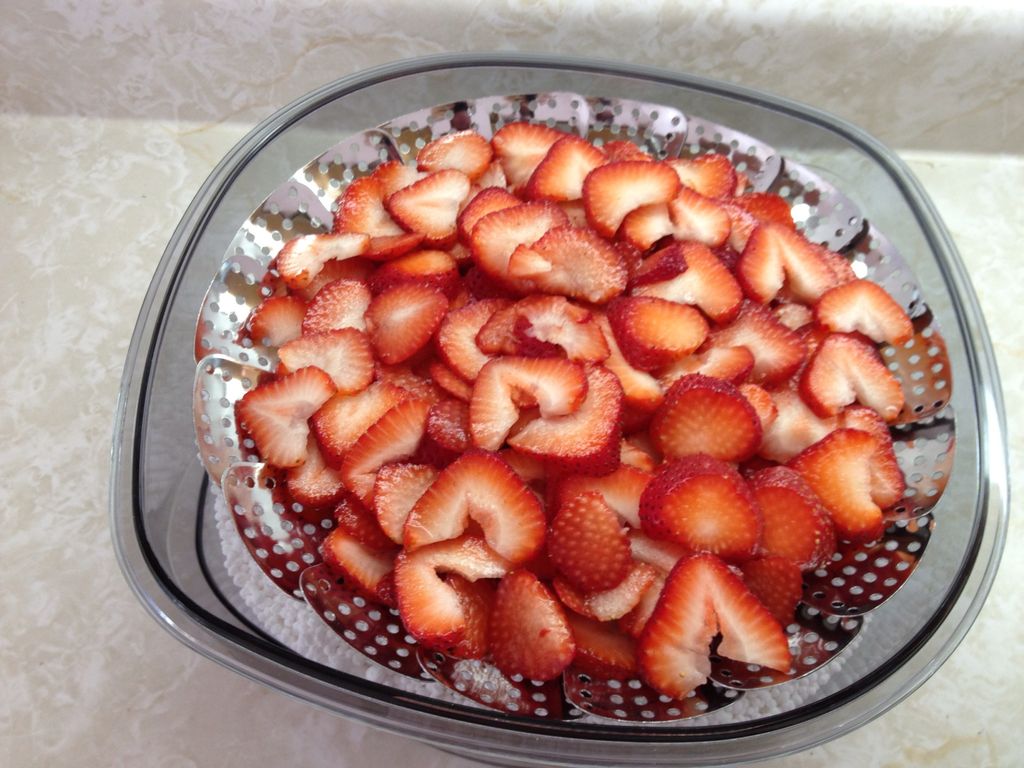
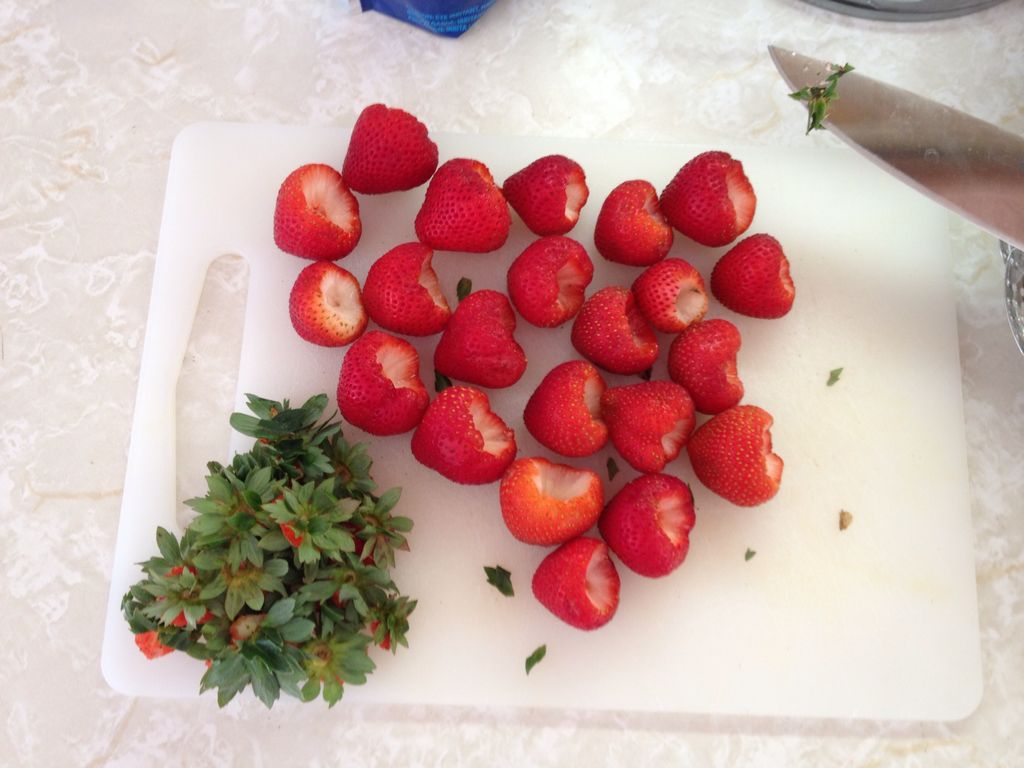


I wanted to include a few pictures of before and after calcium chloride. Note this is the same amount, just swollen after absorbing the water vapor from my strawberries. Unfortunately for science I didn't weigh before and after, as I didn't have an accurate enough scale. If anyone wants to continue this experiment on their own with pressure gauges and a scale, accurate sublimation rate measurements could be determined.
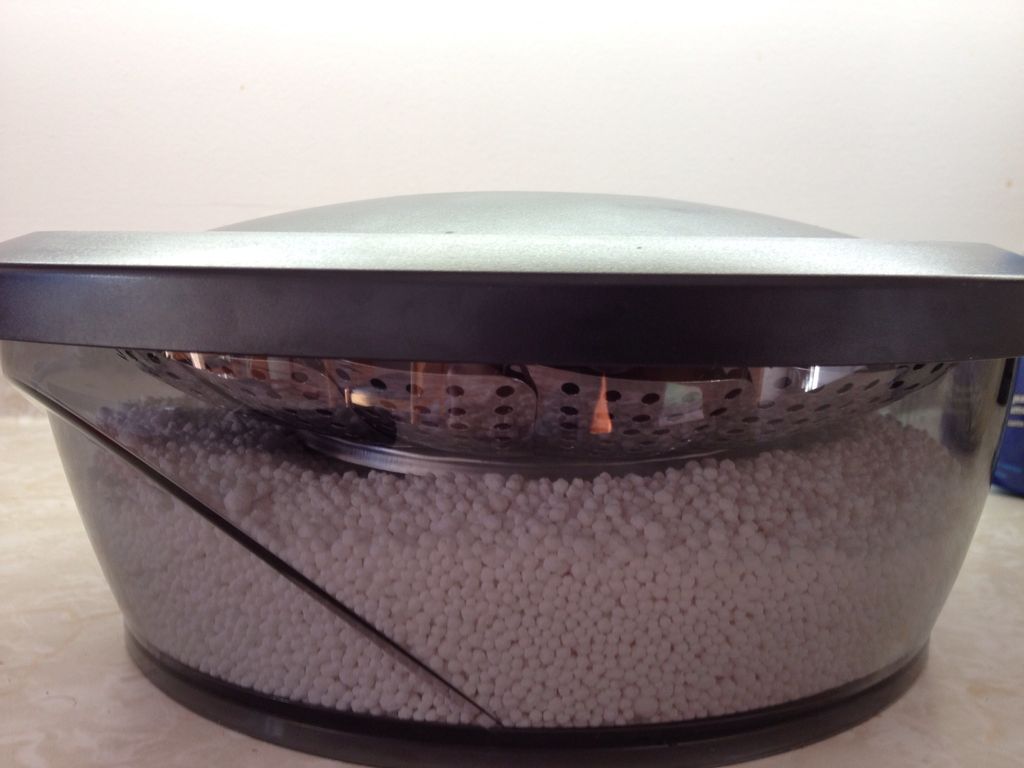
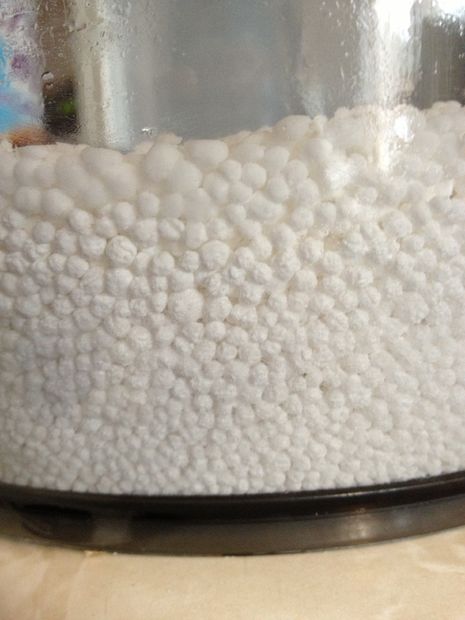
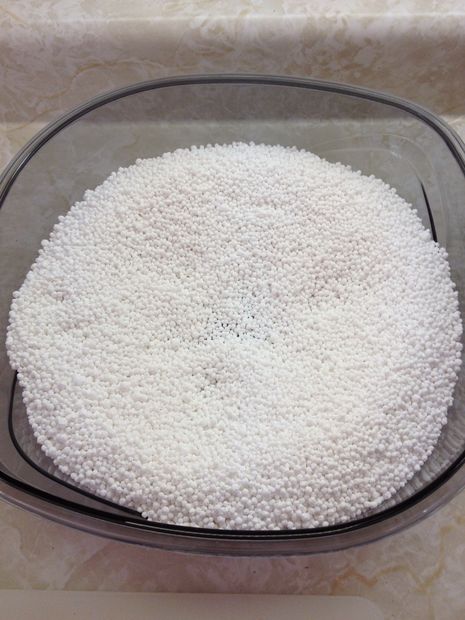
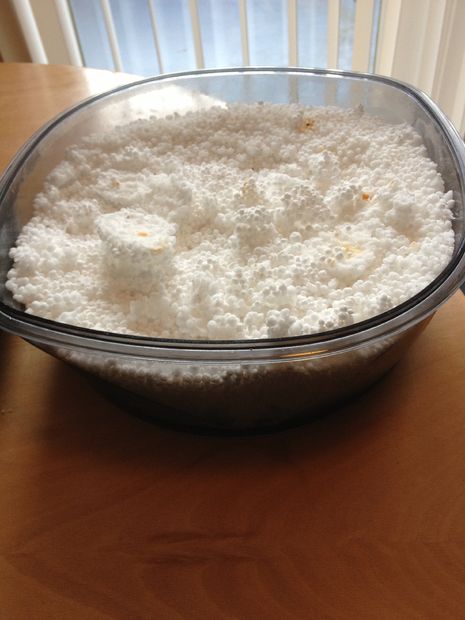




I'd like to thank you dear visitor for perusing my instructable, and I hope as a community we can continue to make food science awesome!
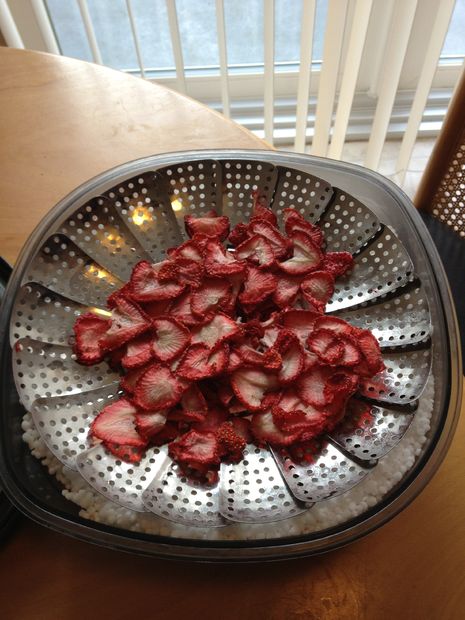
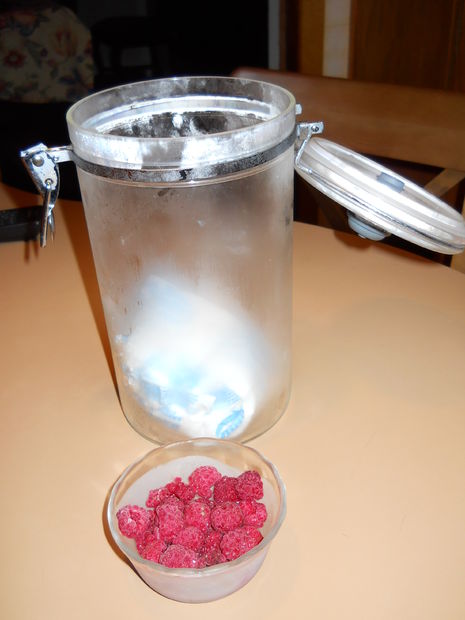


Question & Answer
Question: Choose the best title for the missing blank to correctly complete the recipe.
The Science Behind the Suck
Merging Materials
____________
Fruits of Fruition
Choices:
(A) Make Fresh Halloumi at Home
(B) Water Weight
(C) Strain the Fat
(D) Rendering at Low Heat
 (B) Water Weight
(B) Water Weight